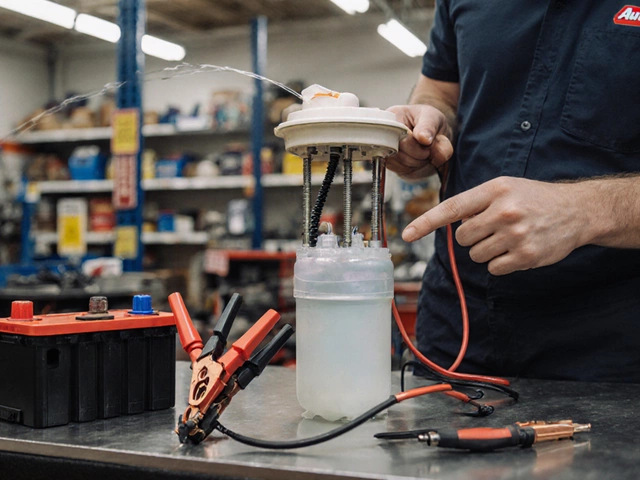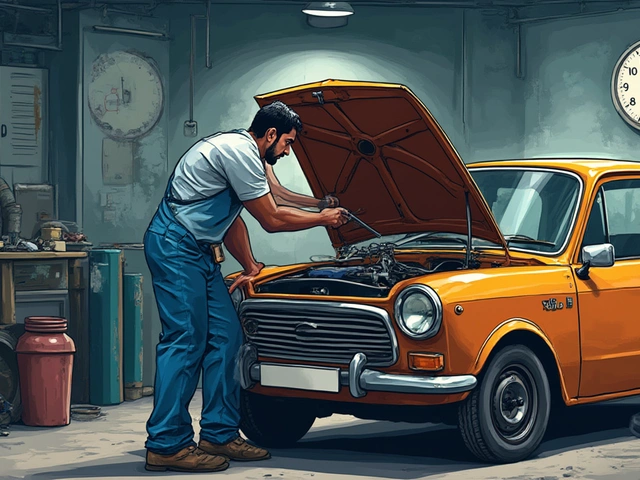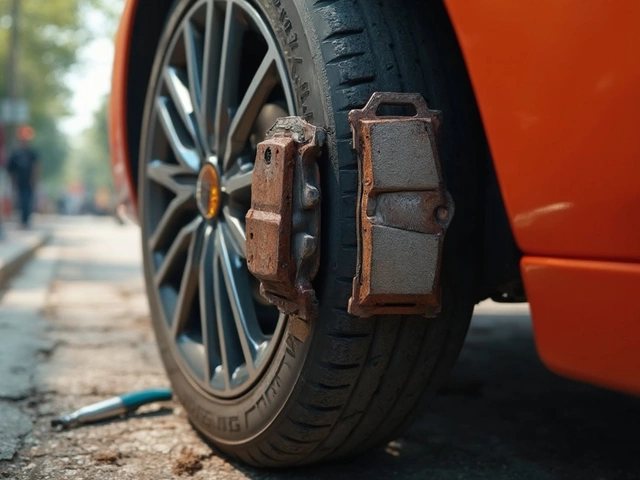Radiator Replacement: What You Need to Know
If your engine is running hot or you see a steady stream of coolant under the car, it’s probably time to think about a new radiator. A faulty radiator can turn a normal drive into a costly repair, but swapping it out isn’t as scary as it sounds. In this guide we’ll break down the price you’ll pay in 2025, how long the job usually takes, and which parts of the process you can safely tackle yourself.
How Much Does It Cost?
First off, the price tag. A brand‑new radiator for a typical sedan ranges from $150 to $350 for the part alone. Luxury or performance cars can push the part cost over $600. Labor is the second big chunk – shops usually charge $80‑$130 per hour, and most jobs need 2‑3 hours of work. Add in shop fees and taxes, and you’re looking at a total of $350‑$800 for a standard vehicle.
Want to save money? Buying the radiator yourself and having a mechanic install it can shave $50‑$100 off the bill. Just make sure you get the exact part number – mismatched cores or wrong fittings will cost you time and extra parts.
How Long Does It Take?
Time wise, a professional shop typically needs 2‑3 hours for a straight‑forward swap. If your car has a tight engine bay, extra hoses, or a coolant overflow tank, the clock can stretch to 4‑5 hours. For DIYers, expect to spend about half a day if you have basic tools, a drain pan, and the right coolant.
Here’s a quick rundown of the steps:
- Drain the cooling system – catch the old coolant, dispose of it properly.
- Remove the old radiator – disconnect hoses, fan, and any mounting bolts.
- Install the new unit – reverse the removal steps, double‑check hose clamps.
- Refill with fresh coolant and bleed the system to eliminate air pockets.
- Start the engine and watch the temperature gauge for a few minutes.
Most DIYers finish in about 5‑6 hours, including the time the engine takes to warm up while you’re bleeding the system.
Now that you know the cost and time, you can decide whether to DIY or let a pro handle it. Either way, staying on top of radiator health keeps your engine running smooth and saves you from unexpected breakdowns.
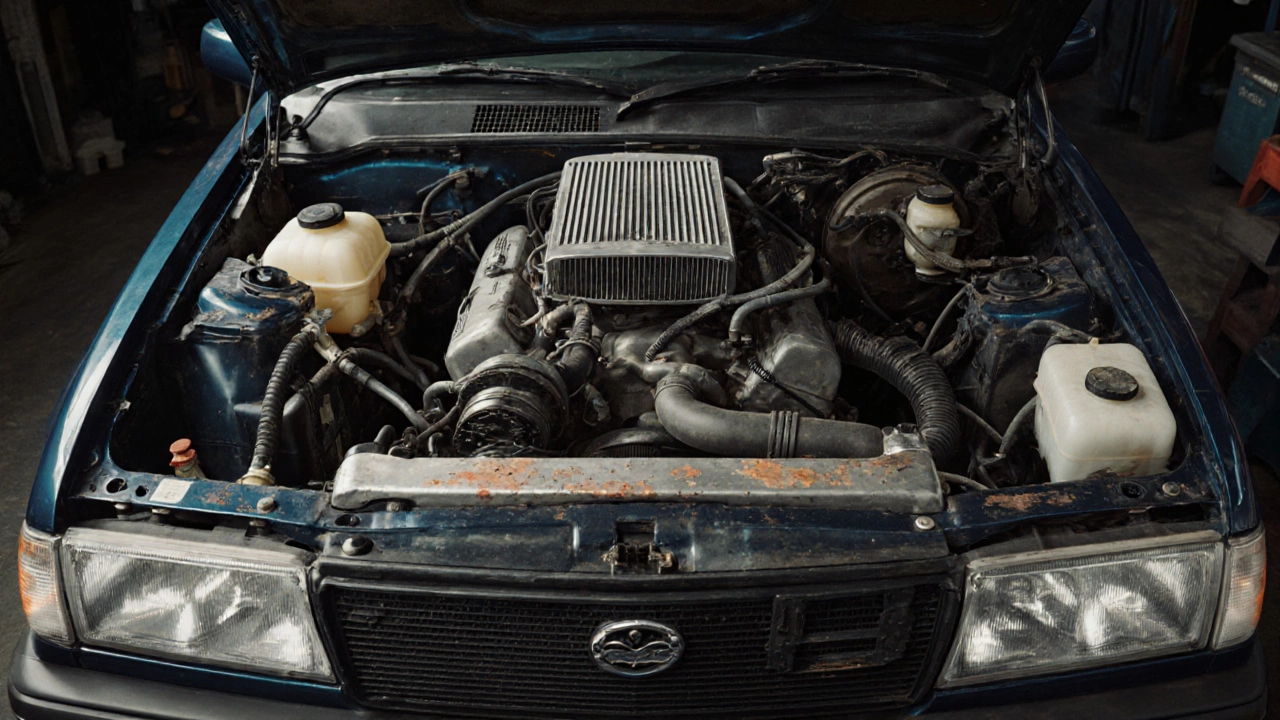
Why Are Car Radiators No Longer Used in Modern Vehicles?
Modern cars no longer rely on traditional radiators thanks to electric cooling systems, distributed heat exchangers, and smarter thermal management. Here’s why the radiator is being phased out-and what replaced it.
CONTINUE READING
Car Radiator Replacement: Is It Really Worth the Cost?
Thinking about replacing your car's radiator? This article digs into when it actually makes sense and what you might face if you put it off. You'll get straight answers about costs, symptoms, and smart tips to keep your car cool and your wallet safe. Whether you drive an old Honda or a newer truck, these facts can help you make the right call. No jargon—just the info you need to keep your ride running smoothly.
CONTINUE READING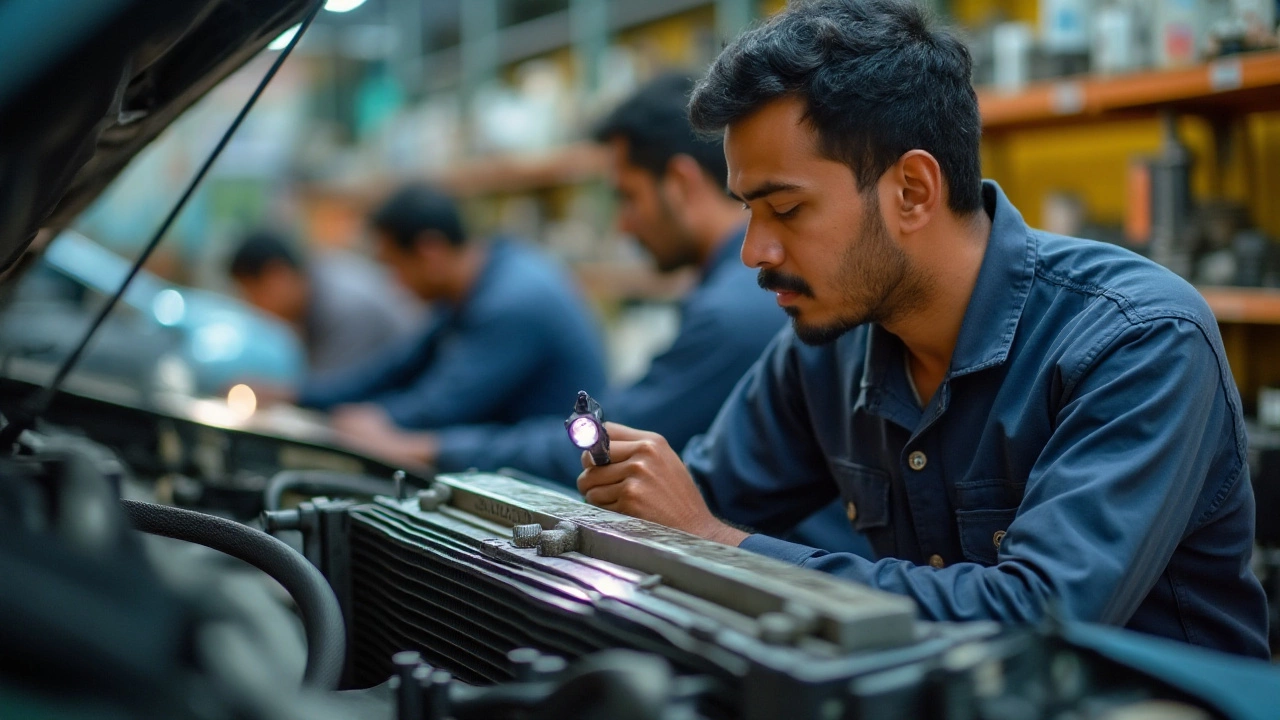
Is It Worth Replacing Your Car Radiator? A Comprehensive Guide
Deciding whether to replace your car radiator can be a puzzling decision. This article explores when it's worth investing in a new radiator, signs of a failing radiator, and tips on choosing the right replacement for your vehicle. Learn about the importance of proper radiator maintenance and how it can save you money in the long run. Armed with this knowledge, you can make informed choices to keep your car running smoothly.
CONTINUE READING



